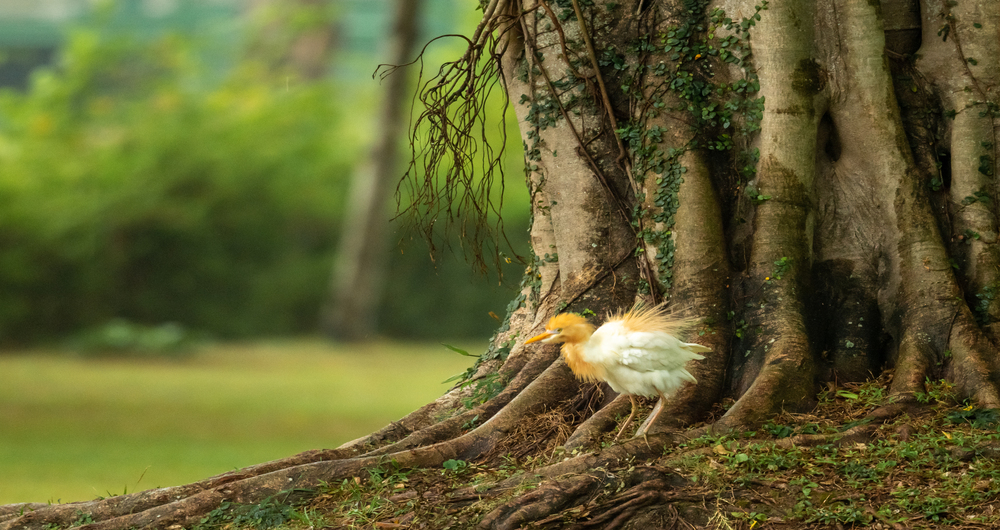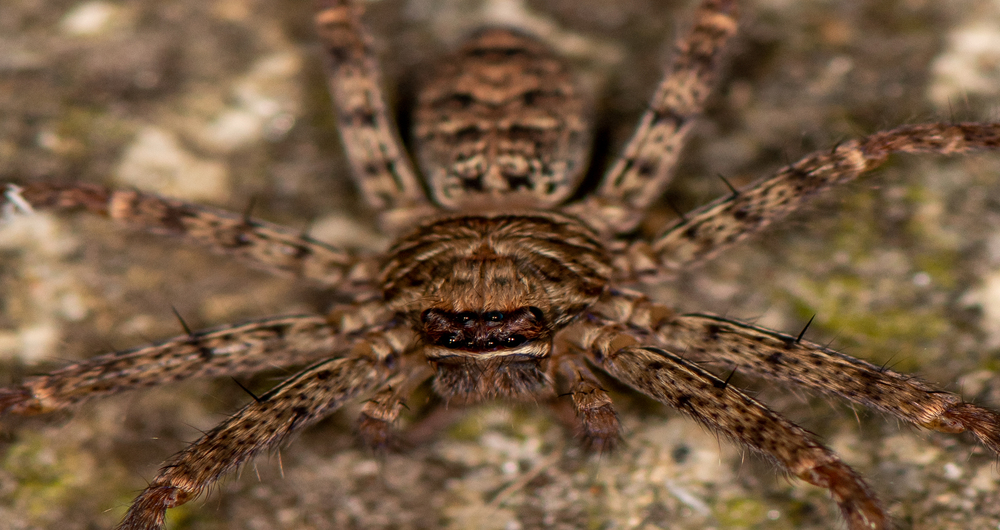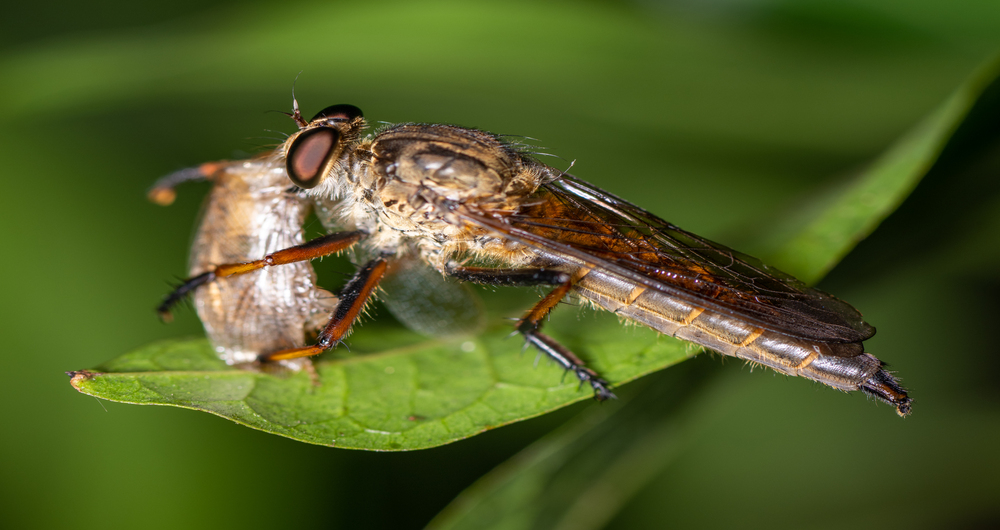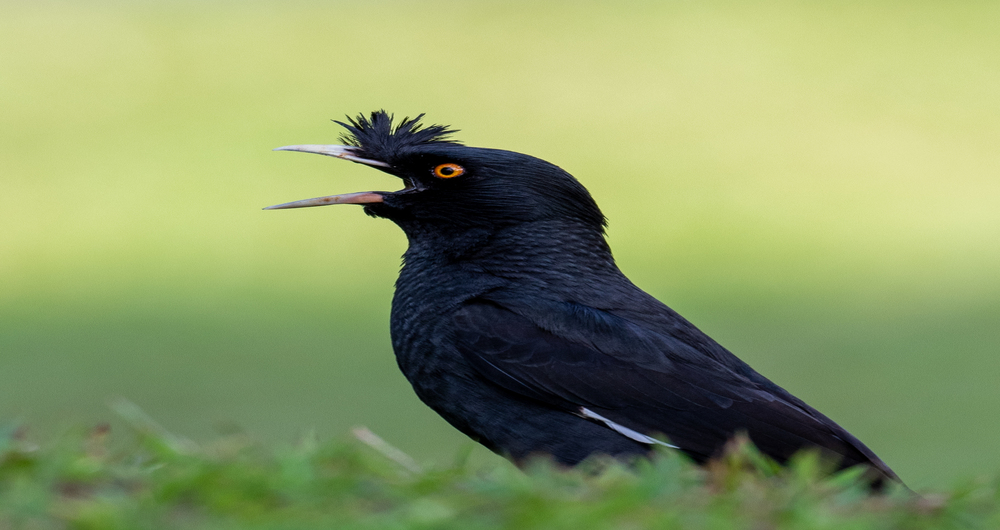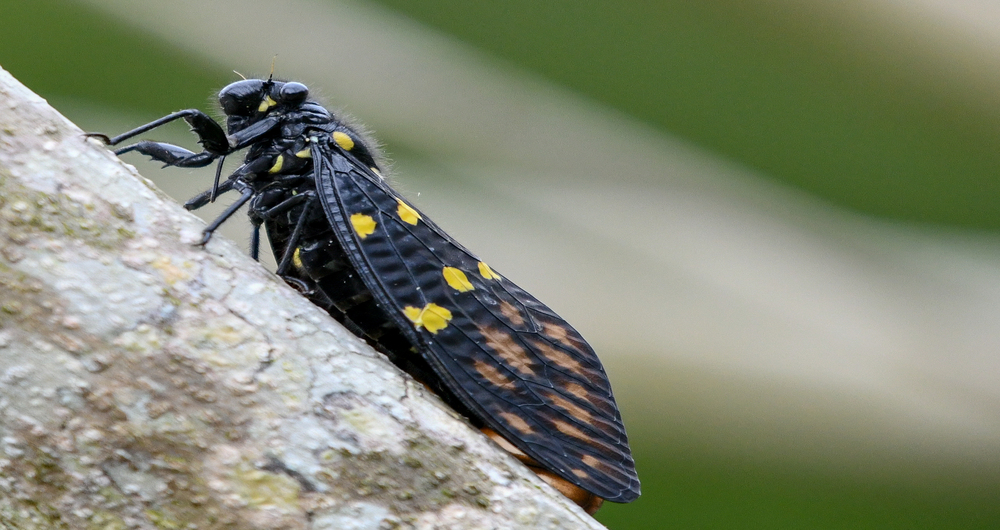Fruit Orchard Walk
The fruit orchard has been created to attract even more species of butterflies, moths, birds and insects to the Members Garden. Its design is interactive so feel free to walk on the grassy areas as you enjoy the colourful bougainvillea along the boundary wall. Look down and you can see the replanted and recycled mini mandarin trees that are forming a small hedge along the water catchment. In the new orchard you can find Lychee trees, Orange trees, Pomegranate trees, Chinese Lemon trees, Chinese Loquat bushes, Strawberry Plants, Wild Chinese Raspberry Bushes and a Mango Tree, interspersed with butterfly attracting flowers and grassy beds. Generally the flowering time will occur in Spring and the fruit will start to emerge in Summer, so this means Spring will attract lots of pollinators and the larger birds and mammals, including bat species will visit more in Summer and Autumn. However, as the seasons change, so will the colours around the landscape so keep going back to see this wonderful natural nature cycle throughout the year. When the fruit drops to the ground we leave it there for the fruit piercing moths, bats and other insect species to enjoy. The Members Garden has other fruit trees so keep an eye out for the mature Longan Trees, Mango Trees, Guava Tree and Chinese Berry Bushes, ensuring we have lots of fruit to keep our wild animals well fed.
Long established mature Cotton trees, Ficus trees and Eucalyptus complete the backdrop to add density, shade and attract the forest birds. The Eucalyptus trees flower in Winter and you can find flocks of Swinhoes White Eyes and Fork-tailed Sunbirds enjoying the nectar. The cotton trees around the garden have huge red blooms in February to March and attract the larger resident birds such as Red-billed Magpies, Asian Koels, Myna Birds and Hair-crested Drongos will visit up close and personal. In May the cotton falls like snow all around the garden and the beetles, true bugs and other insects feed and thrive on the fallen cotton.
Click here to view the Fauna & Flora spotting guide




